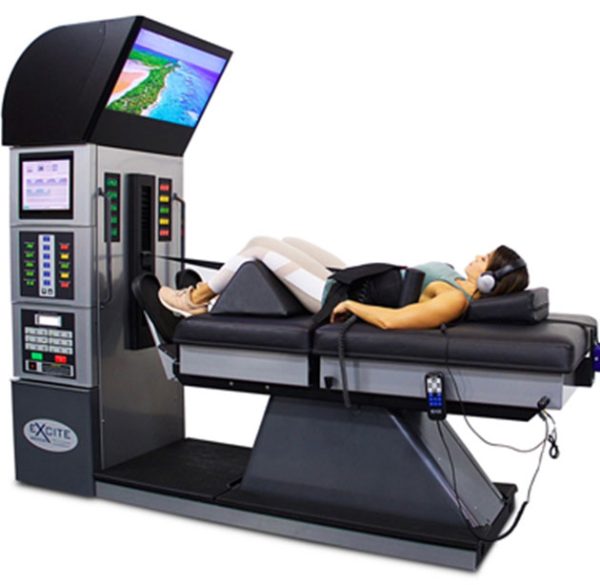Magnetic Resonance Imaging (MRI) is a widely used diagnostic tool in spinal health, providing detailed images of the spine and surrounding tissues. If you’ve recently undergone an MRI for spinal health concerns, you’re likely wondering how to interpret the findings.
Understanding the results can help you have clearer conversations with your medical provider and better grasp your spinal health. This guide will walk you through the basics of what an MRI can reveal and what it might mean for your spine’s condition.
Understanding What an MRI Reveals
An MRI uses powerful magnets and radio waves to create clear images of the spine. These images can show the structure of vertebrae, spinal discs, nerves, and soft tissues. Specialists often use MRIs to diagnose conditions such as herniated discs, spinal stenosis, and abnormalities in spinal alignment. The images also highlight inflammation or any potential injuries that may affect the spinal cord or surrounding areas.
Your healthcare provider may focus on sections of the spine, such as the cervical (neck), thoracic (mid-back), or lumbar (lower back) regions, depending on your symptoms. Each section has multiple roles in supporting your body and enabling movement. The MRI will provide detailed views of these areas, so your provider can pinpoint abnormalities if present.
Reading Key Sections of Your Report
Your MRI report will typically include a description of findings, including what was observed in each section of the spine. The findings section often categorizes observations under terms like normal, mild, moderate, or severe. Pay attention to notes on disc integrity, alignment of vertebrae, nerve involvement, and any signs of inflammation.
Healthcare professionals might also describe signal changes in the spinal cord. Such changes could point to conditions like multiple sclerosis, trauma, or infections. While MRI reports contain a lot of technical information, asking for clarification can help you better understand areas that seem unclear.
Taking Next Steps After Reviewing Results
After reviewing the MRI results with your spinal health specialist, you might discuss various steps depending on the findings. Imaging results are often combined with a physical evaluation. A review of your symptoms is done to develop a holistic understanding of your condition.
If the MRI points to an issue such as a herniated disc or nerve compression, you may explore minimally invasive treatments like physical therapy, heat therapy, or pain management strategies. Some individuals might discuss surgical options if the condition severely impacts their mobility or daily function and other treatments haven’t provided relief.
Ongoing monitoring through follow-up imaging could also be part of your treatment plan. This helps your provider assess whether identified changes in your spine are improving, stabilizing, or worsening over time.
Working with Your Provider for Clarity
Interpreting MRI results can feel overwhelming because of the detailed images and technical language. Scheduling time with your healthcare provider to review and discuss your report can make this process more manageable. Prepare questions that focus on your specific symptoms and how they correlate with the findings.
For instance, if the report mentions disc degeneration, you may want to ask about any potential long-term effects and proactive steps you can take to protect your spine.
Take Charge of Your Spinal Health
Your MRI results offer valuable insights into your spinal health and can help guide the right course of action. Discussing results with your provider can help you understand their implications and explore ways to support your spine. Whether it’s managing a current condition or taking preventative measures, staying informed plays a significant role in maintaining spinal wellness.
Recommended Articles





Leave a Reply